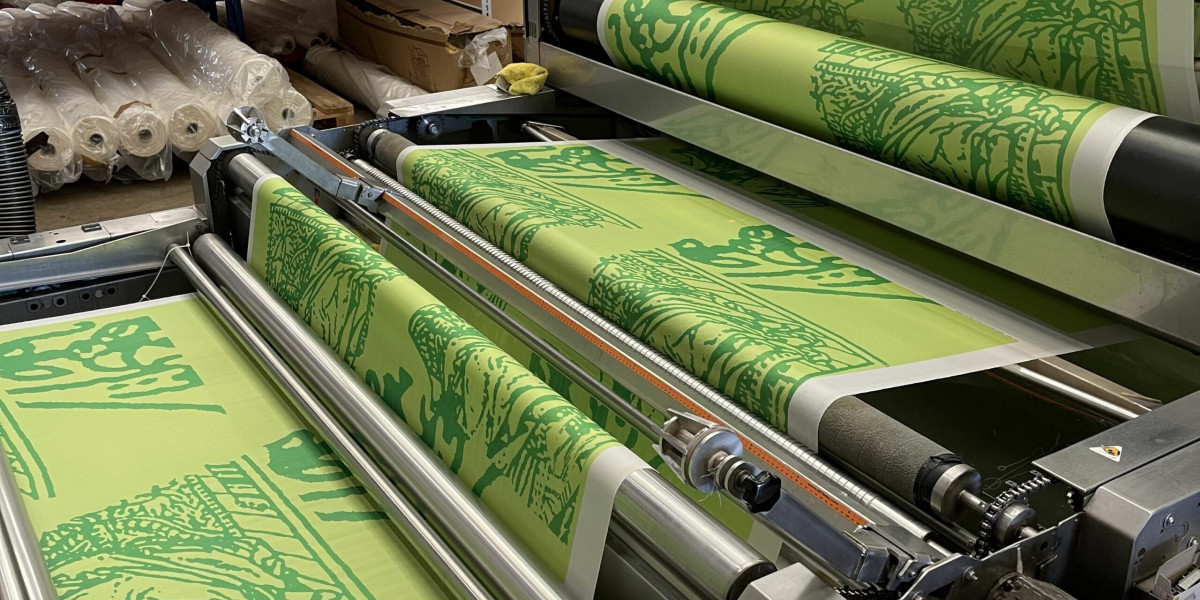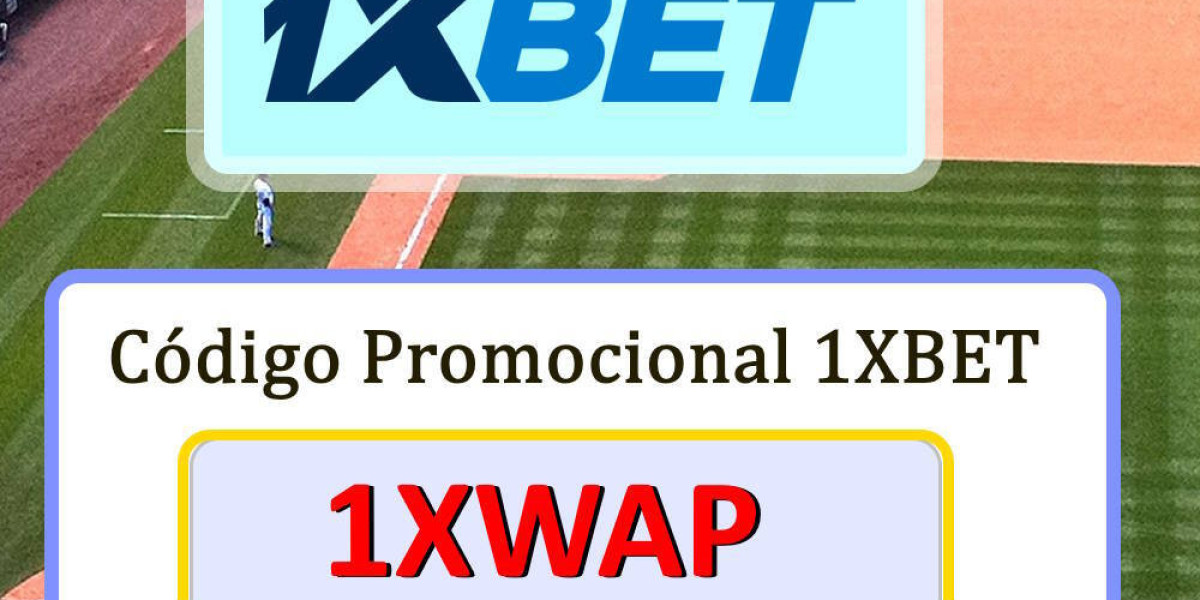The fashion and textile industries are entering a new creative era where technology and design blend seamlessly. Among the most influential innovations is digital textile printing, a process that enables high-quality, intricate, and full-color designs to be printed directly onto fabric. This technology has empowered designers to bring their most detailed ideas to life quickly and efficiently.
Traditional printing techniques, such as screen or rotary printing, often require multiple steps, large setups, and limited design flexibility. In contrast, digital methods offer faster production, greater color precision, and unparalleled design freedom—reshaping the way fabrics are produced and customized.
The Changing Design Landscape
Today’s designers are expected to produce innovative, sustainable, and personalized fashion at record speed. Consumers now seek individuality in every purchase, preferring unique, made-to-order designs over mass production. This demand for customization and sustainability has made digital fabric printing the preferred method for creative professionals.
Unlike traditional printing, it requires no screens or plates. A digital file is all that’s needed to print high-resolution patterns on fabric. This efficiency not only saves time and materials but also allows for spontaneous creativity and endless experimentation.
Freedom to Create Without Limits
Digital textile printing gives designers complete control over their art. Whether they want to reproduce a detailed painting, gradient tones, or photographic imagery, the possibilities are limitless. The technology can handle complex multi-color designs without the restrictions imposed by older methods.
Designers can test ideas instantly, modify them on-screen, and produce samples in minutes—something that would take days or weeks using conventional techniques. This freedom has revolutionized fashion houses, independent designers, and even interior decorators, allowing them to produce unique, high-impact collections faster than ever before.
Sustainability at the Core
Environmental responsibility is no longer optional; it’s a necessity. Traditional textile printing methods consume massive amounts of water, dyes, and chemicals that harm ecosystems. Digital fabric printing significantly reduces these negative impacts by minimizing water use and waste production.
Furthermore, its on-demand nature prevents overproduction and excess inventory. Designers print only what is needed, reducing textile waste and storage costs. This eco-friendly process supports a more sustainable supply chain, making digital printing a key contributor to the green transformation of the textile industry.
Speed and Market Adaptability
In fashion, timing is everything. Trends change within days, and brands must adapt quickly to remain relevant. Digital textile printing shortens production cycles from weeks to hours, helping designers bring new ideas to market almost instantly.
This speed also allows for faster prototyping and sample creation, reducing waiting time and improving collaboration between designers, clients, and manufacturers. For brands competing in fast fashion or custom design markets, this rapid turnaround can be a decisive advantage.
Precision, Quality, and Consistency
Digital textile printing is known for producing outstanding image clarity and color accuracy. Each print reflects the exact tones and patterns of the digital design file. The colors remain vibrant, the details crisp, and the finish professional—no matter how intricate the artwork.
This precision ensures brand consistency, especially when printing across multiple batches or fabrics. Whether working with silk, cotton, polyester, or blends, designers can rely on consistent, durable results every time.
Cost-Effective Production for All Scales
Before digital printing, small-scale designers often struggled with high setup costs. Traditional printing required screens, plates, and large production runs to justify the expense. Digital technology has changed that dynamic completely.
Now, designers can print one piece or a hundred—without added cost or waste. This flexibility has democratized textile design, enabling startups and boutique brands to compete with large manufacturers while maintaining profitability and creative independence.
Versatility Across Fabric Types and Applications
From soft cotton and luxurious silk to durable polyester and linen, digital fabric printing adapts beautifully to different materials. Designers in fashion, home décor, upholstery, and accessories all benefit from its versatility.
By using specialized inks—such as pigment, reactive, or sublimation inks—manufacturers can achieve vibrant, long-lasting results on both natural and synthetic textiles. This makes digital printing a universal solution for all types of design applications.
Technology Empowering Creativity
The integration of advanced printers, color management software, and ink technology has made digital textile printing a highly efficient process. Designers can preview, edit, and adjust their work in real time before printing, ensuring flawless output.
This synergy between art and technology not only saves resources but also enhances precision, productivity, and innovation—allowing creativity to flow without interruption.
Future of Fabric Design
As sustainability, customization, and digitalization continue to shape global fashion, digital textile printing stands at the forefront of this transformation. Its potential for personalization, efficiency, and eco-friendliness ensures it will remain a central technology for decades to come. Designers who embrace it are better equipped to meet the evolving demands of modern consumers while maintaining artistic excellence.
Frequently Asked Questions (FAQs)
What is the biggest advantage of digital textile printing for designers?
It provides unlimited creative flexibility, allowing detailed, full-color designs to be printed quickly with high accuracy and minimal waste.
Is digital fabric printing environmentally friendly?
Yes, it uses significantly less water and chemicals compared to traditional methods, reducing waste and pollution while supporting sustainable practices.
Can digital printing be done on all fabrics?
Most natural and synthetic fabrics can be digitally printed, including cotton, silk, polyester, and blends, with appropriate pre-treatment and inks.
Is digital printing suitable for small-scale production?
Absolutely. It’s ideal for small batches, custom designs, and prototypes since it eliminates setup costs and reduces turnaround time.
What’s the future of digital textile printing?
The future will see greater automation, improved ink technology, and even more eco-friendly innovations—making it the global standard for textile design.
Conclusion
Designers are switching to digital fabric printing because it provides a perfect balance of creativity, efficiency, and sustainability. This technology not only allows limitless design potential but also supports eco-friendly and cost-effective production. As the textile industry continues to evolve, digital printing stands as the bridge between imagination and innovation—empowering designers to shape the future of fashion and fabric design.









